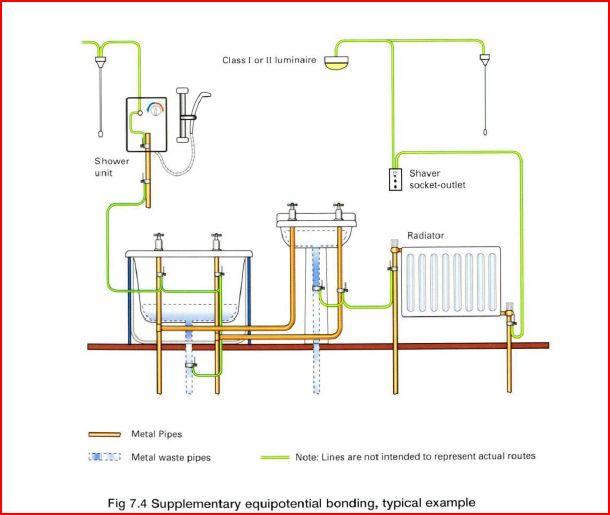Hi, I have started to try and update the supp bonding wiki for the 17th edition here: //www.diynot.com/wiki/electrics:supbond17th
Any comments / corrections?
edit, have made it a live copy.
Any comments / corrections?
edit, have made it a live copy.


